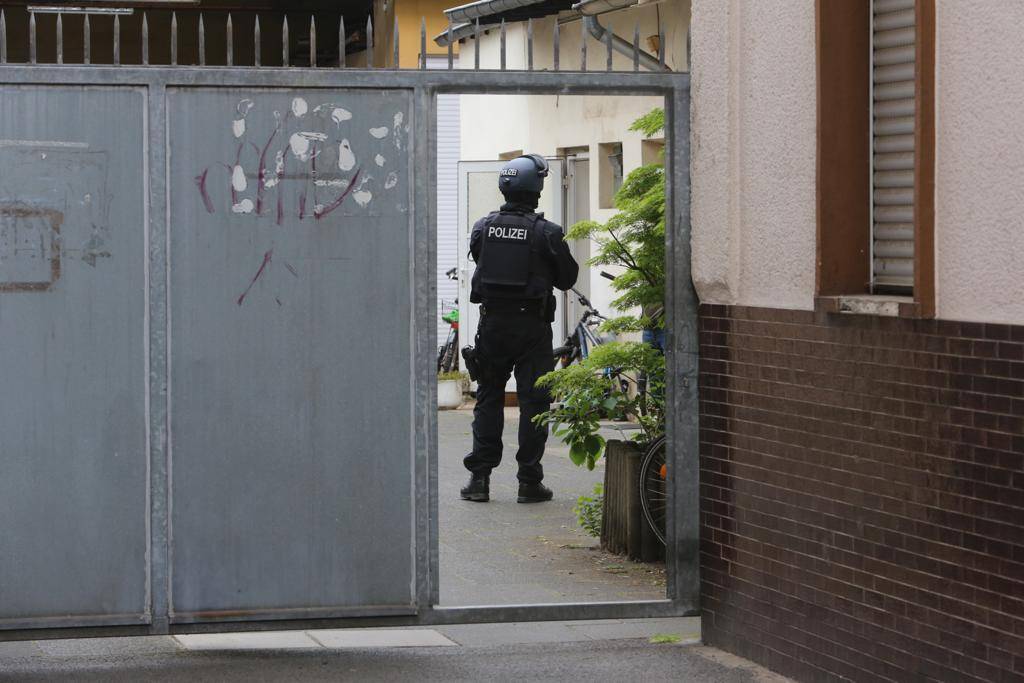Heinsberg Study Bonn virologist Streeck rejects accusations of marketing strategy
Bonn/Düsseldorf · The Heinsberg study of the Bonn virologist Hendrik Streeck has delivered results on corona infection. However, the main topic of discussion is the PR for the "Heinsberg Protocol". Streeck feels that his sense of honour as a scientist has been violated and is protesting.
The virologist Hendrik Streeck from Bonn has decisively rejected accusations that he had his study on corona infections marketed in the Heinsberg district. "That was not marketing," Streeck told the state parliament's health committee on Wednesday. "Personally, I'm offended with the way this is all being presented.“
The public relations work for the Heinsberg study by the Berlin agency Storymachine in social media had caused criticism. The early publication of interim results of the study a month ago had also been criticized by some of Streeck's fellow scientists. They criticized that at the time of the press conference they had not yet had the interim results in writing in a scientific article. The Heinsberg study had been commissioned by the NRW state government.
Streeck now also admitted mistakes in the public relations work for the study. Today he knows: "It went badly." However, he and his team had been in a situation where "an unbelievable number of people" had been interested in the study and the spread of the corona virus.
His email account had been very busy, from "dream readers" to suggestions for a "virus vacuum cleaner". He was therefore grateful for the suggestion that someone had "looked over his shoulder" and posted the information on the study in the social media, so that he no longer had to worry about it. He had found "nothing reprehensible" in seeking help for public relations, said Streeck. "What keeps me awake at night is the suggestion that there's something unsavory in the work that I do."
Streeck said he had prepared a study "in record time" and wanted to contribute data for discussion. Then suddenly it was all about questions like loosening the corona restrictions. "I never talked about easing them," Streeck said. "That was simply implied."
A team of researchers led by Streeck had surveyed 919 residents in 405 households in Gangelt on the Dutch border and performed corona tests. In that town, many citizens were infected with the novel virus after a carnival meeting in mid-February. The municipality is therefore considered the epicentre of the virus in NRW. However, the situation is only comparable to other regions in Germany to a limited extent.
Streeck had presented a model calculation last week as a result of the study, according to which about 1.8 million people in Germany may already have been infected with the corona virus by then. According to the results, 22 percent of those infected in Gangelt showed "no symptoms at all". Many of them did not know that they were even sick until the test.
Streeck presented further results of the study to the committee. He said that the risk of infection in the tested households decreased the more people lived in the household in question. While the risk of infection in a two-person household was about 43 percent, the risk of infection in a four-person household dropped to about 18 percent. Streeck said that he could not yet explain this scientifically. He could only speculate at present.
Another interesting observation from the Heinsberg study was that the participants of the carnival session in Gangelt were not only more frequently infected with sars-cov-2, but also showed more symptoms. At the same time, Streeck regretted that children under the age of six were underrepresented in the study. It was necessary to better understand the course of infection in children.
The researchers assume that 0.37 percent of the infected people died in Gangelt. However, only seven deaths were included in the calculation of the mortality rate.
Original text: dpa. Translation: Mareike Graepel




